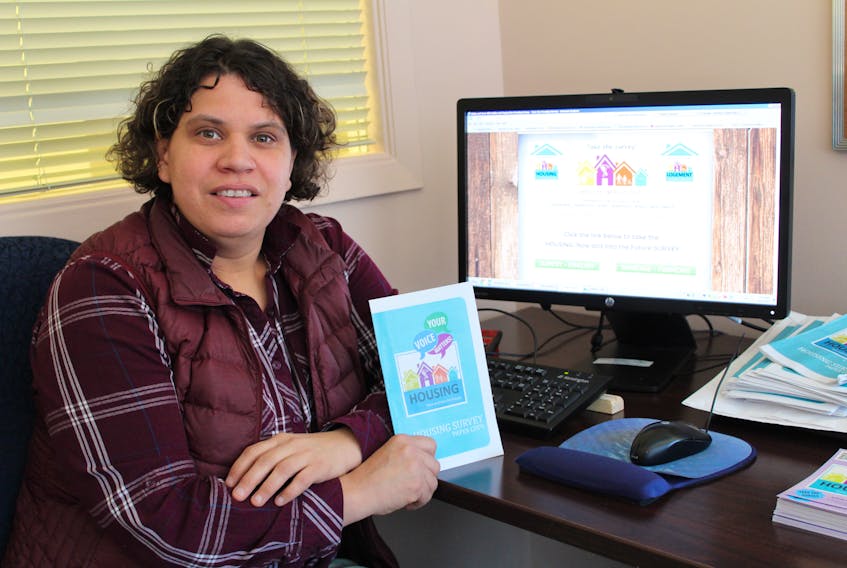YARMOUTH, N.S. – Housing insecurity and the risk of homelessness are prevalent across the region, says a report that was prepared as part of a regional housing survey.
Affordability and availability are the main issues facing people who have an uncertain housing future, according to the report.
The document – Precarious Housing and Homelessness Across Our Rural Communities – is part of a project called Housing: Now and Into the Future, which is looking at the housing picture in Shelburne, Yarmouth, Digby, Annapolis and Kings counties, as well as West Hants.
An initiative involving housing coalitions and other groups in partnership with Public Health, the project included a public survey that was taken by 4,699 people.
As part of the survey, respondents were asked to look ahead to the next couple of years and say if they thought they would be able to continue living where they are.
Three-quarters of survey respondents answered this question. Almost 40 per cent of them indicated that they could not continue to live where they were or that they were unsure if they could stay.
While affordability generally was the main challenge for those people living in an uncertain housing situation, availability also was identified as a factor, the report said.
Respondents from all age groups reported experiencing housing insecurity, the highest rate (63 per cent) being among youth.
Groups indicating the highest rate of housing insecurity included those leaving or living in an abusive relationship (79 per cent), single parents (64 per cent) and people living with an addiction (61 per cent).
About 50 per cent of those experiencing housing insecurity indicated they were renting, while 40 per cent owned their own home and the rest had other living arrangements.
From the results of the public survey – and of a separate survey done for service providers – “it is clear that housing insecurity is an issue across all our communities,” the report said. “Housing insecurity appears more pervasive than many may have imagined and the conditions of housing unaffordability coupled with limited availability are negatively impacting the health and well-being of our communities.”
As for homelessness, the report says “this tends to be hidden in rural areas,” making it hard to say how big a problem it is.
“Often those in need rely on informal networks to couch surf or double up, they sleep rough in unsafe dwellings, seasonal ‘cottages’ and recreational trailers during all seasons,” the report said.
Meanwhile, as part of the effort to gather information and input on the region’s housing picture, a number of community engagement sessions have been held. Another was scheduled for Wednesday, March 21, at the Mariners Centre, where organizers were hoping to hear from service providers, property owners and landlords, realtors and other stakeholders.









